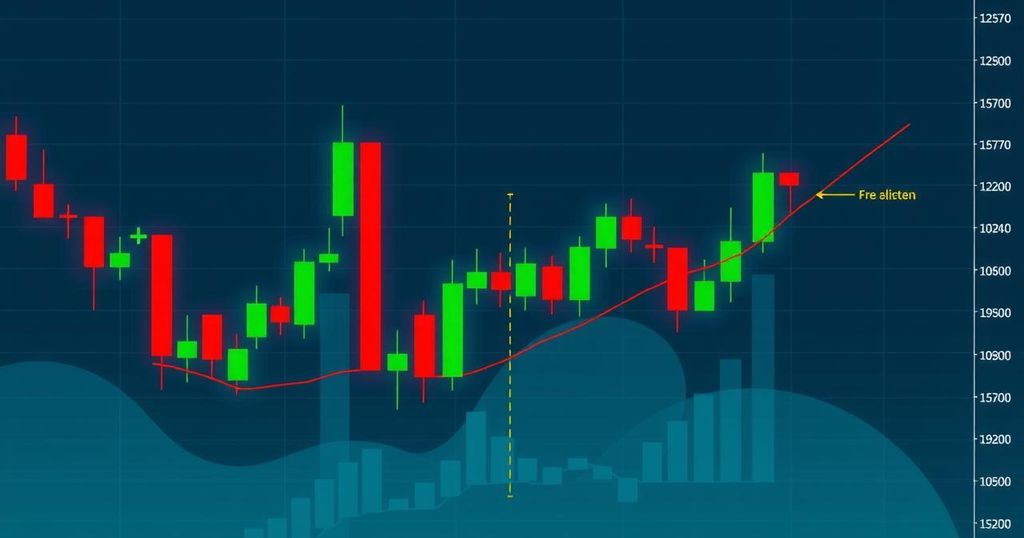Analyzing Bitcoin’s Death Cross: Implications for Traders and Investors
Bitcoin’s recent death cross raises concerns as it suggests a trend reversal, historically indicating extended bearish periods. While past crosses have led to severe downturns, not all have resulted in bear markets. Analysts are divided on its implications, with some seeing it as a rally setup while others predict continued decline. Overall, Bitcoin’s performance is closely tied to broader market trends, particularly in tech.
On April 6, Bitcoin (BTC) experienced a death cross on its daily chart, marked by the 50-day moving average (MA) falling below the 200-day MA. Historically, this pattern signifies potential trend reversals and is often associated with extended bearish periods. Given current macroeconomic uncertainties, this death cross could diminish prospects for a short-term rally, with signs of capitulation from short-term holders already surfacing.
Bitcoin has encountered ten death crosses in its history, with the current one being the eleventh. An examination of past crosses reveals that while every bear market has included a death cross, not all death crosses led to a bear market. Importantly, there are two categories of death crosses: those occurring in bear markets and those during other market conditions. The three that transpired in 2014-2015, 2018, and 2022 resulted in significant and prolonged downturns, lasting 9 to 13 months with drawdowns of 55% to 68%.
Conversely, the other seven death crosses, which occurred during positive market conditions, exhibited shorter durations of 1.5 to 3.5 months and drawdowns between 27% and negligible. Notably, these were often followed by market rallies, suggesting that the interpretation of the current death cross remains critical.
There is an ongoing debate regarding whether Bitcoin is currently in a bear market. CryptoQuant CEO Ki Young Ju posits that if this is the case, the latest death cross might forecast an additional 6 to 12 months of downward movement. His analysis of market data shows that when realised capital increases but market capital stagnates or falls, it signals bearish conditions.
Conversely, some analysts question the relevance of the death cross. Crypto analyst Mister Crypto argues that it might be a setup for a rally instead of a decline, while CoinShares’ James Butterfill dismisses the death cross as largely irrelevant. He highlights that Bitcoin’s price typically only decreases slightly (-3.2%) one month post-death cross and often rises in the subsequent three months.
Furthermore, Bitcoin’s current situation is part of a larger market reconfiguration, with the Nasdaq 100 and S&P 500 also nearing potential death crosses. The general consensus is that trends affecting tech stocks usually correlate with Bitcoin’s performance unless Bitcoin establishes itself firmly as a digital gold alternative.




Post Comment